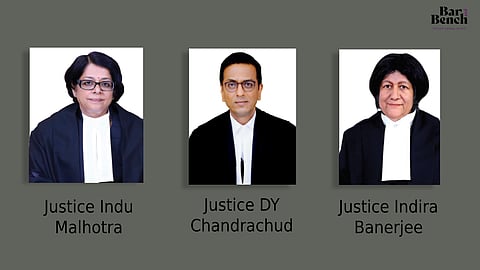
- News
- Columns
- Interviews
- Law Firms
- Apprentice Lawyer
- Legal Jobs
- हिंदी
- ಕನ್ನಡ

The Supreme Court today held that a finding of guilt cannot be based solely on the refusal of the accused to undergo a test identification parade (Rajesh @ Sarkari & Anr. v. State of Haryana).